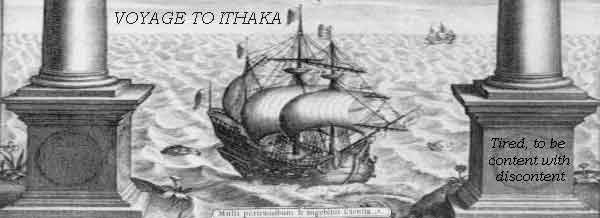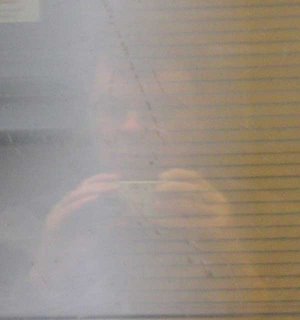In the Face of History
 This exhibition at the Barbican Centre presents 22 European photographers, from Atget to Wolfgang Tillmans. I expected to be familiar with most of the work: I was wrong. Even for photographers I knew well (Atget, Kertesz, Doisneau, Sudek) I found much I hadn't known, including Kertesz's contact prints from the Great War. And many of the photographers I didn't know at all - Emmy Andriesse, Jitka Hanzlová, Sune Jonsson, Viktor Kolar, Henryk Ross, Inta Ruka, Christer Strömholm and S. I. Witkiewicz amongst others.
This exhibition at the Barbican Centre presents 22 European photographers, from Atget to Wolfgang Tillmans. I expected to be familiar with most of the work: I was wrong. Even for photographers I knew well (Atget, Kertesz, Doisneau, Sudek) I found much I hadn't known, including Kertesz's contact prints from the Great War. And many of the photographers I didn't know at all - Emmy Andriesse, Jitka Hanzlová, Sune Jonsson, Viktor Kolar, Henryk Ross, Inta Ruka, Christer Strömholm and S. I. Witkiewicz amongst others.It's a very powerful exhibition. Emmy Andriesse's photographs of the "Hunger Winter" of 1944 in Amsterdam and Henryk Ross's images of the L'odz ghetto are harrowing. In this context Atget's and Doisneau's photographs of the fortified zone of Paris carry extra weight. Boris Mikhailov and Viktor Kolar dissect communist Eastern Europe. Doisneau's images of the Resistance resonate with Ed van der Elsken's rebellious young people of the 50s and 60s. Christer Strömholm's pictures of transsexuals in the 1950s were quite new to me. War and the inevitabilty of an imminent war, persecution and madness (explored by Witkiewicz and Seiichi Furuya) present a depressing view of the last century.
So in many ways an appropriate exhibition to visit on Armistice Day. And stories of young Muslim children being attacked while praying at school, to take just one example from yesterday's newspaper, don't give one much optimism that lessons will ever be learnt.
But there is another side to the exhibition, with its emphasis on communities. Inta Ruka's photographs from Latvia, Annelies Štrba's family history, Chris Killip's sympathetic views of harsh lives in northeast England, and many of those mentioned above present also an inspiring view of our ability to live together and in harmony with nature. The work of Jitka Hanzlová, an exile who was able to return to her homeland after the Velvet Revolution, was particularly uplifting: her photographs of the Carpathian forest so evocative and optimistic.
I've rarely seen an exhibition which brings out such deep relationships between such apparently diverse bodies of work. I will look with different eyes now at every one of these photographers.



2 Comments:
Tremendous contrasts in a an equally powerful and emotive post, dear T. I would like to see the photos as the one you posted here is very beautiful.
This photo is even more beautiful as one of a series of evocative photographs of the forest. And so much of the power of this exhibition was due to the curation: the links between different photographers at different times - thematic links, place links, subject matter - the resonances were what made this show so moving. If I were ever to create an exhibition I'd want it to be like this - much more than the sum of the parts.
Post a Comment
<< Home